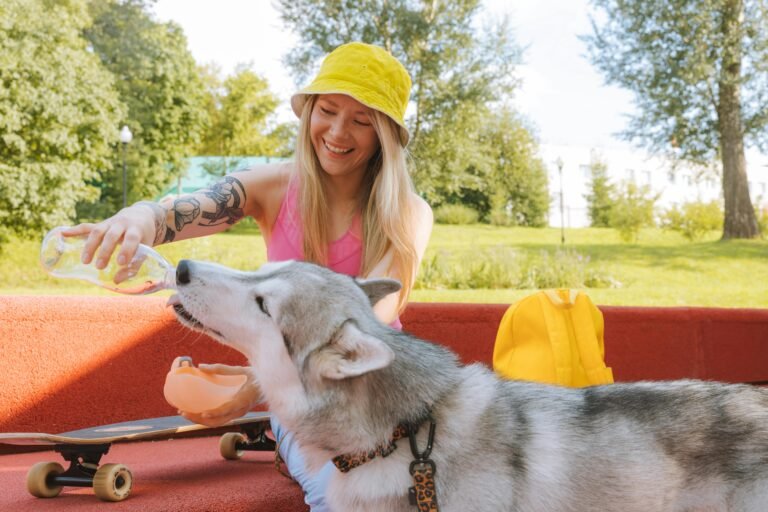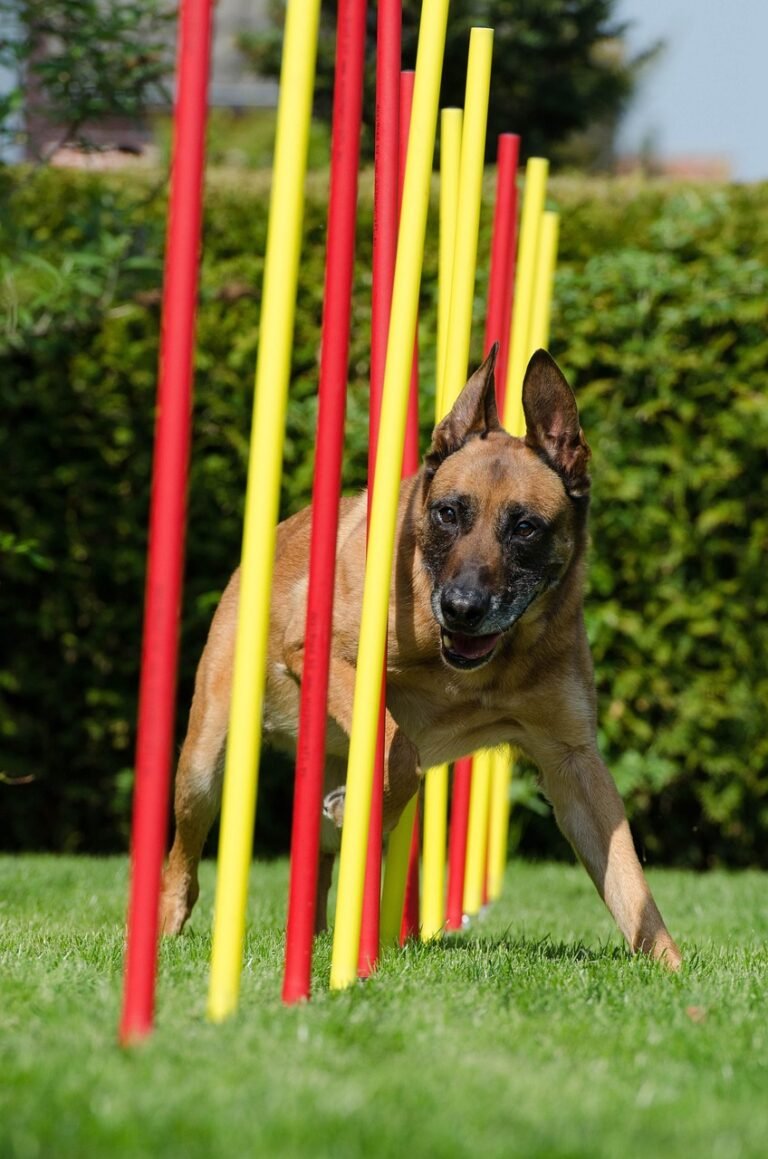Body Language and Communication
Understanding canine body language is essential for fostering a strong relationship between a dog and its owner. Dogs communicate their emotions and intentions primarily through physical posture and behavior rather than vocalization. One notable behavior is belly exposure, which can signify submission, trust, or affection. When a dog rolls over and exposes its belly, it often indicates that it feels safe and secure in its environment. This act is not merely an invitation for a belly rub; it is a profound demonstration of vulnerability that highlights the bond shared between the dog and its owner.
Belly exposure is intricately linked to a dog’s overall mental state. When a dog presents its belly, it signifies comfort and relaxation. However, interpretation of this behavior can vary depending on context. For example, in certain scenarios, a dog may expose its belly in a more defensive manner, signaling that it is not a threat and is willing to concede to a more dominant presence. Thus, it is crucial for pet owners to assess supporting non-verbal cues accompanying this display to accurately interpret their dog’s intent.
In addition to belly exposure, dogs exhibit a range of other non-verbal signals that contribute to their overall communication repertoire. Tail positioning, ear orientation, and facial expressions all play vital roles in conveying a dog’s emotional state. A happy dog tends to have a relaxed body posture, a wagging tail, and ears perked forward. In contrast, a dog that feels anxious or threatened may display a tucked tail, raised fur, or a stiffened stance. Recognizing these signs will help owners better understand their pet’s feelings and needs, ultimately promoting a healthier and happier relationship.
The Instinctual Roots of Belly Exposure
The behavior of belly exposure in dogs is a fascinating aspect deeply rooted in their evolutionary history. This instinctual action can be traced back to their ancestors, the wolves, where it serves as a sign of submission and vulnerability, essential for maintaining social harmony within the pack. When a wolf displays its belly, it communicates trust and indicates that it poses no threat to other members of the group. In this context, belly exposure acts as a social maneuver, fostering peace and bonding among pack members.
As dogs have been domesticated over thousands of years, these instinctual behaviors have been somewhat preserved, albeit modified. Domestic dogs often exhibit a range of behaviors inherited from their wild ancestors, including belly exposure, which can indicate a variety of emotions. While some dogs expose their bellies during play or affectionate moments, others may do so when feeling stressed or anxious. Therefore, the meaning behind this action can vary significantly based on context and individual temperament.
The relationship between a dog and its owner also plays a critical role in interpreting belly exposure. In many cases, a dog may show its belly to its human as a sign of trust and openness, inviting affection or reassurance. Conversely, if a dog is displaying its belly in the presence of another dog or individual, it might be signaling submissiveness or a desire to defuse potential conflict. Understanding these instinctual roots enriches pet-owner relationships, as it offers valuable insight into a dog’s emotional state and social interactions. Recognizing when and why dogs exhibit this behavior helps owners respond appropriately, ultimately enhancing their bond with their pets.
Context Matters: When Dogs Show Their Bellies
Dogs display their bellies in various contexts, each serving as a window into their emotional state and intentions. Understanding these contexts can greatly enhance a pet owner’s ability to interpret their dog’s behaviors and needs. One common scenario for belly exposure occurs during playtime. Many dogs instinctively roll onto their backs while engaging with playmates, either canine or human. This position can indicate a playful invitation, showcasing trust and signaling that they are comfortable in their environment. In this context, the exposed belly is a gesture of confidence, indicating that they feel safe enough to let their guard down.
Conversely, when a dog lies on its back in a non-playful context, it may be expressing a need for comfort or security. During moments of relaxation, a dog may roll over to indicate that they have settled into a safe space where they can unwind. This calm exposure of the belly is typically associated with relaxation and trust, suggesting that the dog is in a peaceful state of mind. In such instances, pets might seek gentle affection from their owners, as this belly-up position often elicits petting and bonding time.
However, belly exposure can also appear during times of anxiety. In such scenarios, a dog may exhibit this behavior as a form of submission or an attempt to diffuse tension, especially in interactions with unfamiliar people or other animals. This act of exposing their belly can serve as a non-verbal communication method, signaling their intent to avoid conflict. Understanding this context becomes crucial for pet owners, as they can then recognize signs of discomfort and take appropriate measures to create a more relaxed atmosphere for their dog.
Understanding Your Individual Dog’s Behavior
When observing your dog’s behavior, particularly their tendency to expose their belly, it is essential to consider the unique personality and history of each individual animal. Factors such as breed, past experiences, and the level of socialization play a significant role in shaping your dog’s actions and reactions. For instance, certain breeds are more prone to exhibit submissive behaviors, including belly exposure, while others might do so as a sign of trust and comfort. Understanding your dog’s breed traits can provide invaluable insight into their behavioral tendencies.
Past experiences also affect how a dog interacts with their environment. A dog that has faced negative encounters in the past may be hesitant to show vulnerability by exposing their belly. Conversely, a dog that has been raised in a positive, nurturing environment is likely to feel comfortable enough to display this behavior. If your dog appears to expose their belly during relaxed moments, it could indicate a strong bond and trust toward you as their owner.
Socialization is another crucial element in interpreting belly exposure. Dogs that have been adequately socialized are generally more secure in themselves and their environment, leading to a greater exhibition of confident behaviors, including belly showing. To foster a trusting relationship with your dog, engage in regular positive interactions, provide consistent training, and create a safe space where they feel secure. Encourage belly rubs and other signs of affection but remain attuned to their body language to ensure they are comfortable. Building this trusting relationship will reinforce belly exposure as an expression of security and comfort, allowing you to interpret this behavior more accurately.






